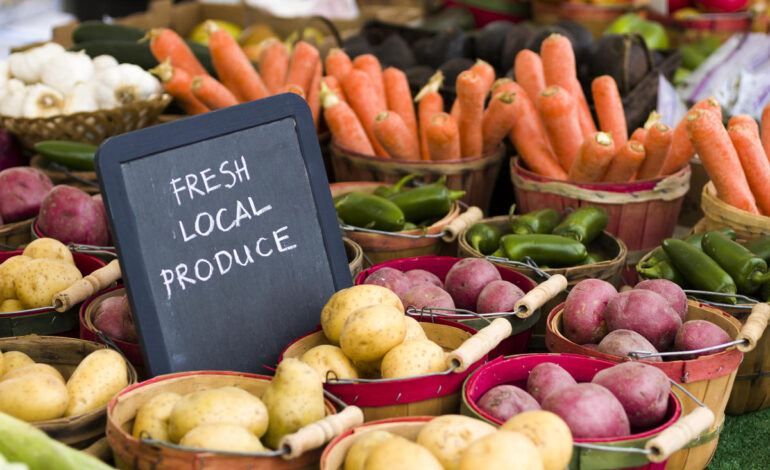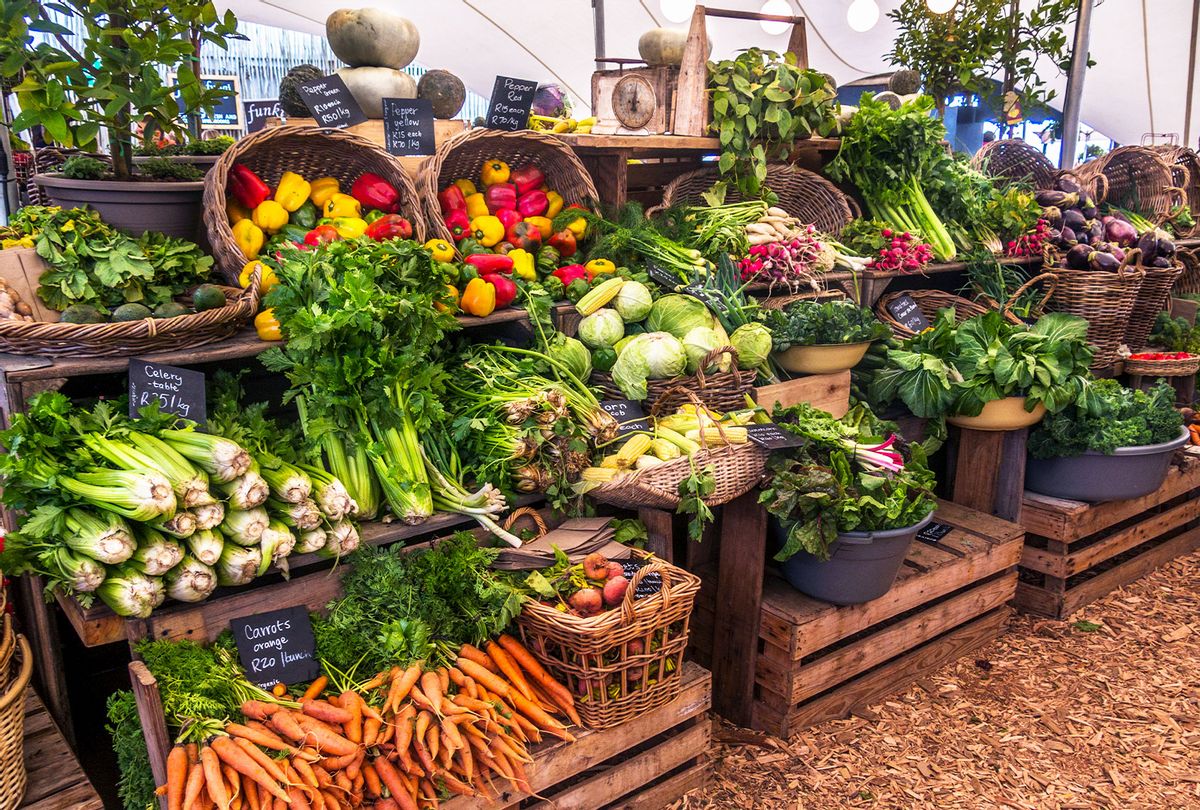Fresh & Local: Your Guide to Farmers Markets

Exploring Local Farmers Markets: A Guide to Freshness & Flavor
There’s a vibrant buzz in the air, tables overflowing with colorful bounty, and friendly faces eager to share their harvest – you’ve likely pictured it already! We’re talking about farmers markets. More than just a place to buy groceries, local farmers markets are community hubs, offering a direct connection to your food source and a wealth of benefits for both you and the environment. This post will guide you through exploring these fantastic resources: what to look for when you arrive, what produce is typically in season (and why that matters!), and creative ways to incorporate fresh, local ingredients into your meals.
Why Choose Farmers Markets? The Benefits are Abundant!
Before we dive into the specifics of what to buy and how to use it, let’s first highlight *why* visiting a farmers market is such a worthwhile endeavor. Here’s a breakdown:
- Freshness & Flavor: This is arguably the biggest draw! Produce at farmers markets is typically picked within 24-48 hours of being sold, meaning it’s significantly fresher and more flavorful than what you find in most grocery stores. This shorter journey from farm to table means more nutrients are retained, too.
- Support Local Farmers & the Economy: Buying directly from farmers helps them sustain their livelihoods and strengthens your local economy. It’s a tangible way to invest in your community’s future.
- Seasonal Eating: Farmers markets inherently promote seasonal eating. You’ll find what’s naturally ripe and delicious *right now*, which is healthier for you and the planet (more on that below!).
- Environmental Sustainability: Local produce generally requires less transportation than food shipped from across the country or globe, reducing your carbon footprint. Many farmers also practice sustainable farming methods like organic or regenerative agriculture.
- Learn About Your Food: Farmers are often passionate about their craft and happy to share information about their growing practices, varieties of produce, and even cooking tips! It’s a great opportunity for education and connection.
- Unique Varieties & Heirloom Vegetables: You’ll likely find varieties of fruits and vegetables you won’t see in your average grocery store – heirloom tomatoes with intense flavor, unique squash shapes, or unusual greens. Expand your culinary horizons!
Navigating the Market: What to Look For
Walking into a farmers market for the first time can be overwhelming. Here’s what to keep an eye out for:
- Appearance: Look for produce that is vibrant in color and free from blemishes (though some imperfections are normal!). Avoid anything wilted or overly soft.
- Smell: Fresh produce should have a pleasant aroma. Sweetness indicates ripeness – think of the smell of ripe strawberries or peaches.
- Seasonality: This is key! See below for seasonal guides.
- Farmer Interaction: Don’t be shy! Talk to the farmers. Ask about their growing practices (organic, conventional, etc.), how they recommend using a particular item, and what varieties they offer.
- Certifications: Look for signs indicating organic certification (USDA Organic) if that’s important to you. However, many farms practice sustainable methods even without formal certification.
Seasonal Bounty: What to Expect Throughout the Year
The beauty of farmers markets is their ever-changing selection based on what’s in season. Here’s a general guide – keep in mind that exact timing varies by region:
- Spring (March – May): Asparagus, rhubarb, spinach, kale, lettuce, radishes, peas, new potatoes, strawberries.
- Summer (June – August): Tomatoes, zucchini, summer squash, cucumbers, peppers, corn on the cob, green beans, blueberries, peaches, nectarines, watermelon.
- Fall (September – November): Apples, pears, pumpkins, winter squash (butternut, acorn), Brussels sprouts, cauliflower, broccoli, sweet potatoes, kale, spinach.
- Winter (December – February): Root vegetables (carrots, beets, turnips), cabbage, collard greens, onions, garlic, citrus fruits (often shipped in but still often sourced from nearby regions).
Creative Cooking Ideas: Bringing the Harvest to Your Table
Okay, you’ve got a basket full of fresh produce. Now what? Here are some ideas to inspire your cooking:

- Tomatoes: Caprese salad (with mozzarella and basil), roasted tomato soup, salsa, bruschetta, grilled tomatoes with balsamic glaze.
- Zucchini: Zucchini bread, zucchini noodles (“zoodles”) for pasta, grilled zucchini, stuffed zucchini boats, zucchini fritters.
- Corn on the Cob: Grilled corn, corn salad, creamed corn, corn chowder, roasted corn off the cob with chili powder and lime.
- Apples & Pears: Apple pie, apple crumble, baked apples, pear tarts, sliced pears in salads or alongside cheese.
- Winter Squash (Butternut, Acorn): Roasted butternut squash soup, stuffed acorn squash, mashed butternut squash, winter squash risotto.
- Kale: Kale salad with lemon vinaigrette, kale chips, sautéed kale with garlic and olive oil, added to soups or stews.
- Berries (Strawberries, Blueberries): Berry smoothies, berry pies, berry crumble, fresh berries with yogurt and granola.
Don’t forget the less common items! Radishes can be thinly sliced in salads or roasted. Brussels sprouts are delicious roasted with bacon or balsamic glaze. Turnips and beets can be mashed or added to soups.
Beyond Produce: What Else Can You Find?
Many farmers markets offer more than just produce. Keep an eye out for:
- Baked Goods: Freshly baked breads, pies, cookies, and other treats.
- Jams & Jellies: Homemade preserves using seasonal fruits.
- Honey: Locally sourced honey with varying flavors depending on the flowers bees visited.
- Flowers: Brighten up your home or give as a gift!
- Meat, Poultry & Eggs: Often from local farms practicing sustainable methods.
- Artisan Crafts: Sometimes you’ll find crafts and other handmade goods alongside the food vendors.
So, what are you waiting for? Head to your local farmers market this weekend! You’ll be supporting local farmers, enjoying delicious, fresh produce, and connecting with your community – all while nourishing yourself in a sustainable way.



